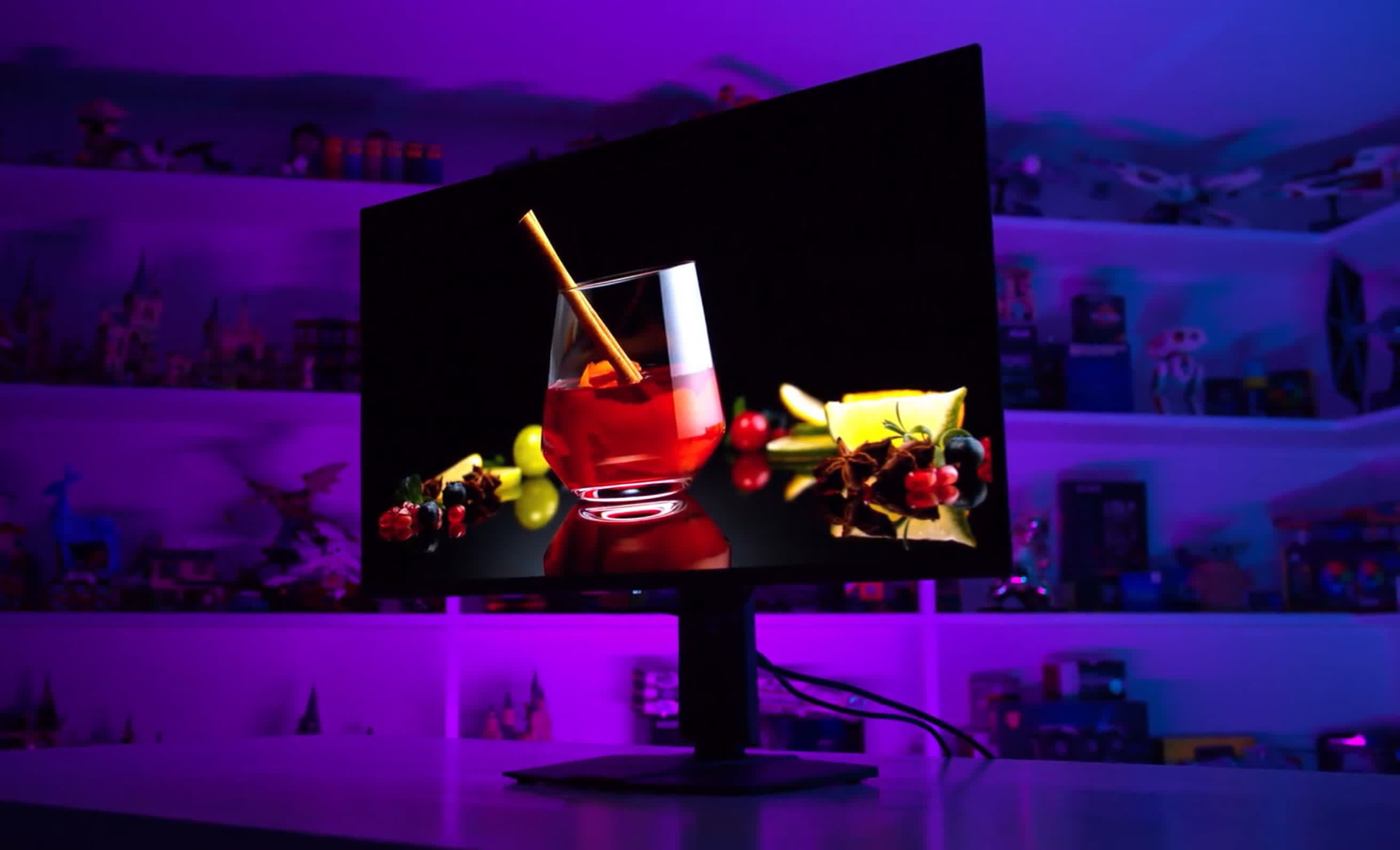The OLED Burn
We've been using the MSI MPG 321URX QD-OLED exclusively as a productivity monitor for the last six months,关键字3 and it's time to check in to see how the panel is holding up in terms of burn-in. Not much has changed in how we've been using this monitor – we've really been pushing it with a worst-case usage scenario for OLED – but there have been a few changes compared to the last time we checked for burn-in.
If you missed the last two updates, we recommend going back and checking out at least the initial article to get an idea of the setup we're using and why we've chosen MSI's 4K 240Hz QD-OLED gaming monitor as our workstation display.
Essentially, the idea here is to perform a real-world test of OLED longevity in the worst possible configuration, effectively burning in the display on purpose. We swapped a 32-inch 4K IPS LCD for this new QD-OLED and changed nothing else about the setup – no dark mode, no screensavers, or anything like that – to see if OLED monitors can truly be used as LCD-equivalent productivity displays long-term.

I use my monitor more than 8 hours a day, sometimes continuously, with no breaks for the display to turn off and rest. This leads to hours upon hours of static usage in applications like web browsers, Microsoft Office (including Excel), and production tasks like Adobe Premiere and Photoshop. With virtually no content consumption and zero gaming in our daily use of this display, this is not how we recommend usingan OLED at all, though it's a use case that has been perfectly fine for LCDs for a long time.
After one month of usage, the MSI 321URX showed no signs of burn-in at all, which was expected. At that point, we'd used the monitor for about 200 to 250 hours. After three months, we started to see faint signs of burn-in, and by that time, we'd used the display for approximately 650 to 750 hours with 71 panel compensation cycles.

Six months into this experiment, we estimate the usage to be between 1,200 and 1,500 hours, and the monitor indicates that it has run 141 compensation cycles. This aligns with what we reported previously – about double the usage and about double the compensation cycles. We're still seeing around 9 to 10 hours of usage at 200 nits of brightness per compensation cycle.
As we mentioned in the last update, the recommended rate for panel protection cycles is every four hours, so in our typical usage, it's running less than half as often as is ideal. However, this is a totally realistic scenario for someone using this display for full-time work, especially if you don't put the monitor to sleep during breaks. We've set the display to sleep after two hours, which is far longer than we would recommend for general OLED use, but it's the same setting we used for our LCD.
(责任编辑:几曾识朱颜)
- 西安户外智能垃圾桶可充电为市民提供便利
- 校企交流,共创行业发展——安徽理工大学参观淮南国新餐厨项目
- Drop Into the Game: Netflix Squid Game Comes to Call of Duty
- Win8系统输入法设置技巧大全
- H.E.R.O.全地图怎么过
- 间装修样板房设计方法 样板房设计要点
- วธ.เตรียมทบทวนบทบาท ภารกิจ โครงสร้าง ตอบรับบริบทใหม่ได้อย่างมีประสิทธิภาพ
- 鲁大师软件全面解析:电脑维护与性能升级的好帮手
- 国足血液更新换代成必然 一干老将准备让位淡出
- Winter storm warnings: How to see online if more snow is heading your way
- สภาพอากาศกรุงเทพฯ ทุ่มนี้ ไม่มีกลุ่มฝน อุณหภูมิ 31 องศาฯ
- 联运环境主编的《垃圾分类智慧系统技术规定》开题会在京召开
- 不用油做出健康的排骨:炖出来的红烧排骨
- ไทยเป็น "รัฐล้มเหลว" แล้วหรือไม่ ฟังมุมมองจากผู้เขียน Why Nations Fail
